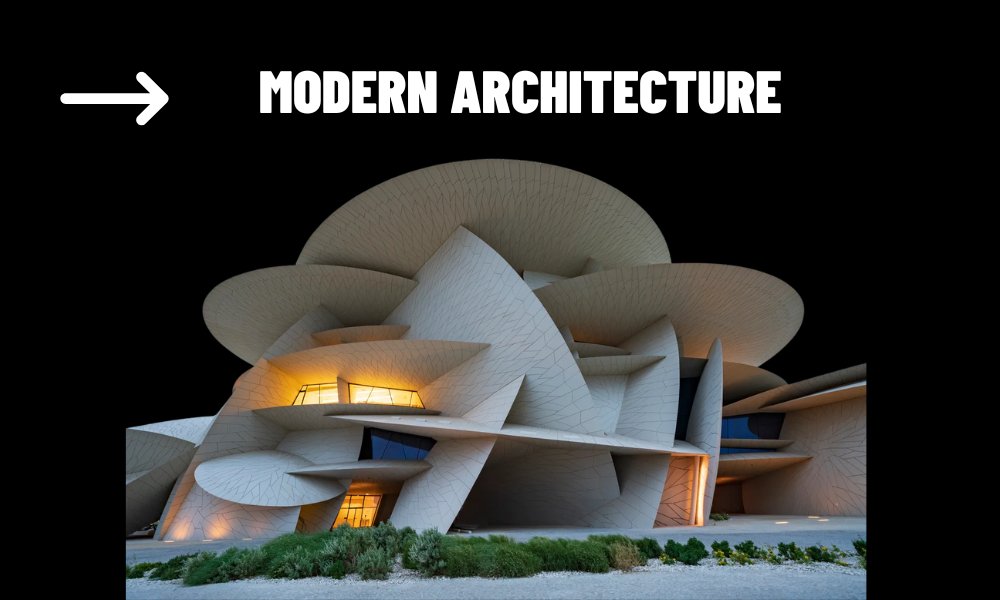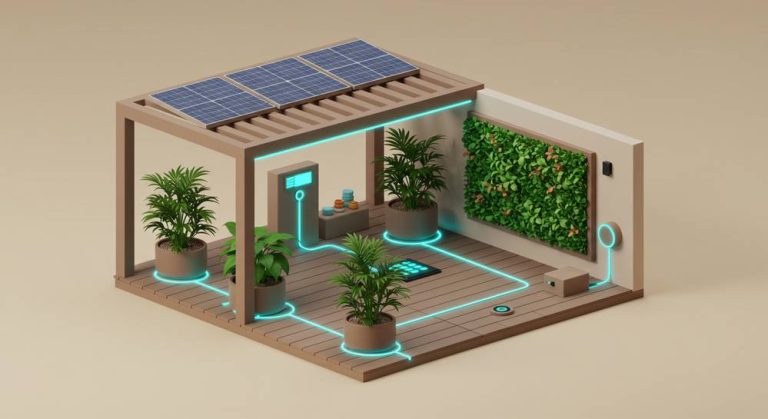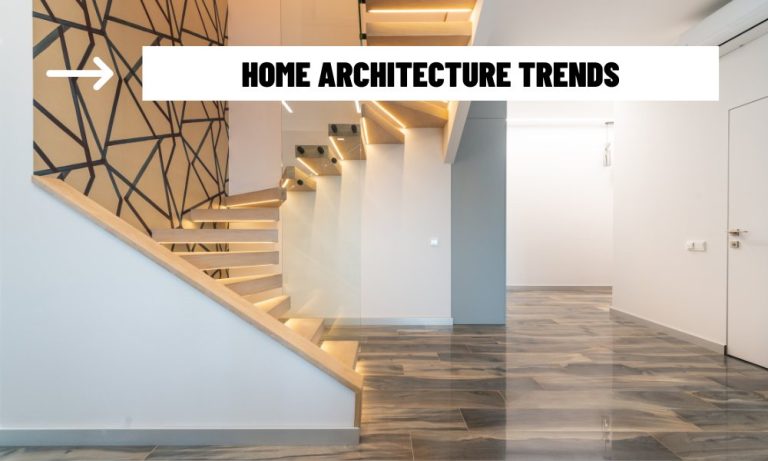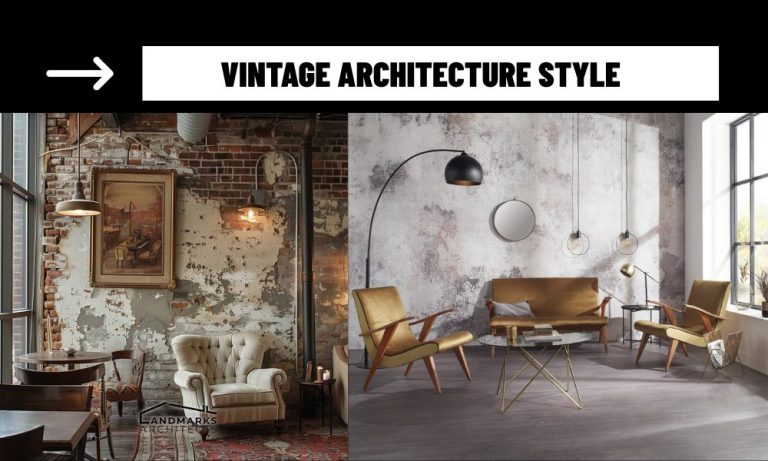Modern architecture captures the spirit of the time — an architecture not of decoration, but of intent. It is thoughtful, adaptive, and deeply informed by technology, responding to human behavior and environmental context. As homes become smarter and more connected, modern architectural thinking provides the silent framework for how we live, feel, and interact in a digital-first world.
Introduction
Architecture has always been a dialogue between shelter and meaning — a quiet language spoken in walls, windows, and the way light enters a room. In that sense, modern architecture is not a rejection of history but a shift in conversation. It doesn’t decorate the past; it defines the present. And in our current age — one defined by automation, data, and environmental urgency — that conversation has never been more relevant.
1. Rewriting the Rules of Space
There’s something deeply human in how modern spaces are composed. They are not rigid; they unfold. In modern architecture, space is no longer something imposed — it is discovered. A room adapts to its user, not the other way around. Boundaries soften. Walls slide, blur, or disappear. Movement isn’t obstructed, it is encouraged.
This shift is especially visible in the way smart homes now interpret openness. Glass, concrete, air, and data all participate in creating a spatial experience that is fluid yet focused. One moment, the space is a reading nook; another, it becomes a collaborative working area. What defines the space is no longer just walls, but intention and use — often sensed and adjusted by technology itself.
2. Technology as an Unseen Presence
There was a time when innovation had to announce itself — blinking lights, visible wires, devices bolted onto walls. In contrast, modern architecture now treats technology like breath: essential, but invisible. The intelligence of a space is no longer in how much tech you can see, but in how little you need to interact with it for it to know you.
This architecture doesn’t seek to impress with gadgets. Instead, it listens. It senses heat, movement, light, and even emotional cues. A room that adjusts its mood lighting after sunset is no longer science fiction. A home that locks itself when it knows you’ve left is simply expected. The structure is aware, and that awareness is embedded in the architecture’s very DNA.
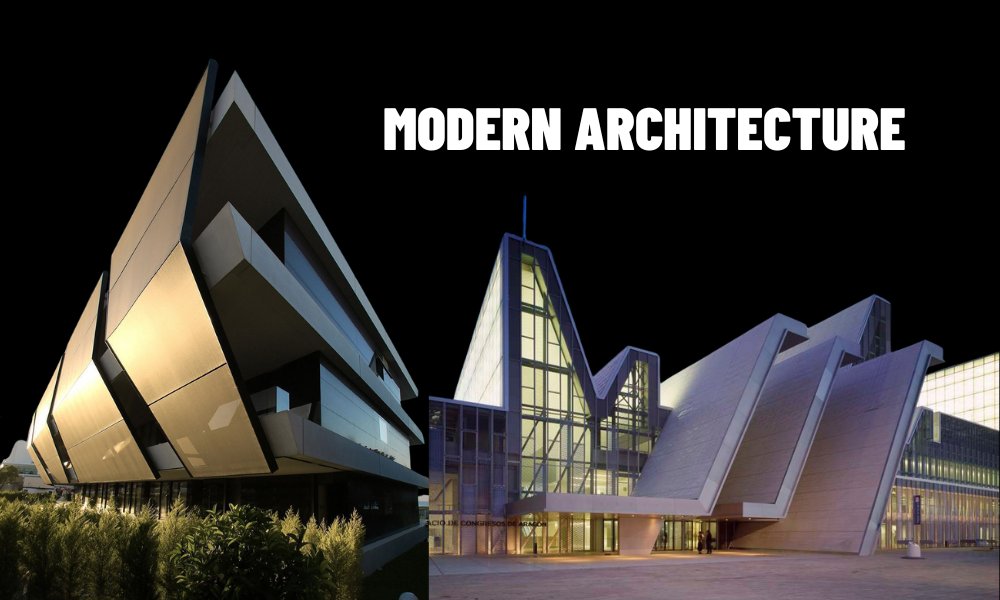
3. The New Materiality of Living
In the age of modern architecture, material is not just substance — it is signal. Surfaces are no longer inert; they respond. A countertop might harvest solar energy. A floor might redirect warmth. Walls become insulation, communication, even expression. The materials of a modern home are as alive as the software that guides its systems.
What’s most compelling is not the novelty, but the quietness. Modern materials don’t shout innovation. They simply perform. They conserve, adapt, recycle, and optimize — without fanfare. This modesty is part of what makes modern architecture so relevant in a time of ecological strain and digital saturation. It creates more by showing less.
4. Time as a Design Element
Modern architecture has always been obsessed with space, but increasingly, it is also an architecture of time. Not just how buildings endure, but how they evolve. Smart homes age differently — because they learn. Systems get updates. Walls are embedded with modularity. A child’s room becomes a meditation studio. A closed kitchen becomes an open gathering place — not through renovation, but reconfiguration.
In this sense, modern homes live with their owners. They change as needs change. This elasticity, once foreign to architecture, is now expected. The permanence of bricks meets the impermanence of code. The result is architecture that grows — not just physically, but relationally.
5. Emotion in Modern Form
Often, people assume modernism is cold — all steel and glass and sterile geometry. But in its truest form, modern architecture is emotional. It’s the kind of emotion that doesn’t need ornament to be beautiful. A single shaft of light in a quiet corridor. The curve of a ceiling echoing a breath. The silence between rooms.
In smart homes, this emotional design becomes intimate. Sensors allow light to follow the body. Sounds adapt to the time of day. The home knows when you need stillness and when you need energy. It doesn’t just serve you; it senses you. Modern architecture, then, is not indifferent — it’s deeply responsive. Not just to function, but to feeling.
At its heart, modern architecture is a philosophy — one that trusts simplicity, listens to behavior, and respects the rhythms of contemporary life. It’s not about trends or visual tropes; it’s about building systems that breathe with us. In the smart homes of today and tomorrow, this architecture forms more than shelter. It creates presence. It creates memory. And most of all, it creates space for living, not just residing.
